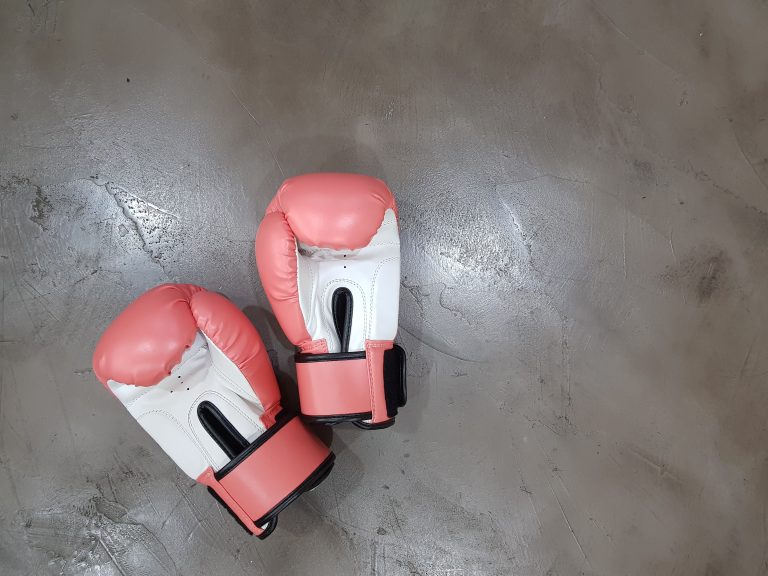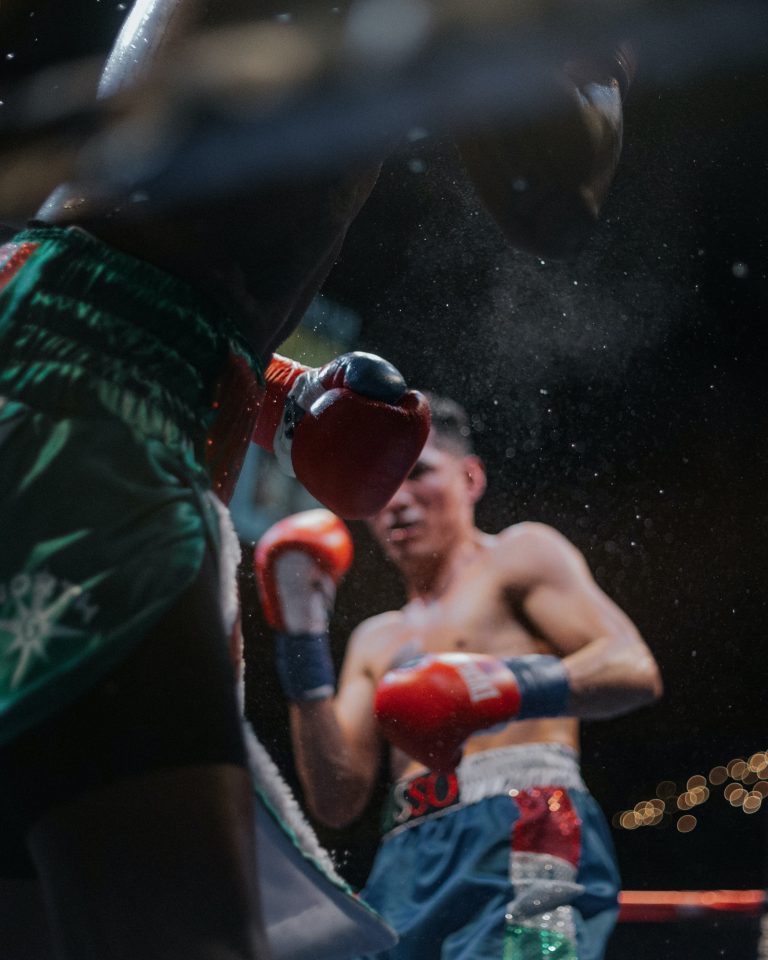How Many Karate Belts Are There: A Complete Guide
Karate is a popular martial art that originated in Okinawa, Japan, and has since spread to different parts of the world. Karate involves a combination of punches, kicks, strikes, and blocks, and is renowned for its focus on self-defense techniques. However, one of the most distinctive elements of karate is its belt system, which indicates a student’s level of mastery in the martial art.
Karate belts come in various colors and serve as a symbolic representation of a student’s progress in learning and practicing the art. In this article, we’ll explore the question of how many karate belts are there, their colors, and what each color represents.
The Meaning Behind Karate Belts: The Basics
Karate belts, like in most martial arts, signify the student’s level of proficiency in training and practicing the art. As a student progresses in skill and knowledge, they are awarded higher belts in recognition of their advancement. Generally, there are ten levels of karate belts, but the exact number of belts may vary depending on the style of karate and the association governing the art.
The Ten Levels of Karate Belts
Here’s a rundown of the ten levels of karate belts:
White Belt
The white belt signifies a student who is starting their training journey. It symbolizes a blank slate and a willingness to learn. Students who are just starting in their karate training wear this belt.
Yellow Belt
The yellow belt is the second level in the karate belt system. It is awarded to students who have made progress in their training and have gained a basic understanding of karate techniques.
Orange Belt
The orange belt is awarded to students who have a deeper understanding of the basic techniques and have demonstrated some degree of mastery in executing them.
Green Belt
At the green belt level, students are recognized for having a deeper understanding of karate techniques, and have demonstrated proficiency in executing them.
Blue Belt
The blue belt signifies a student who has gained significant experience and mastery in executing karate techniques.
Purple Belt
The purple belt signifies a deeper level of understanding and proficiency in karate techniques. At this level, students are also expected to start developing their unique style of karate.
Brown Belt
The brown belt is a highly prestigious and advanced level in the karate belt system. Students who reach this level are expected to master the techniques of karate and demonstrate a highly advanced level of skill.
Black Belt
The black belt is the highest level of karate achievement. Students who attain it are considered masters of the art and are expected to help teach and mentor other students.
Dan Ranking System
In addition to the ten levels of karate belts, there is also a Dan ranking system that students can advance through. The Dan ranking system is used to recognize mastery and expertise in various martial arts, including karate.
Kyū/Dan System
The Kyū/Dan system is used by martial arts practitioners to indicate their rank within their specific martial art discipline. In the Kyū/Dan system, practitioners progress through the kyu ranks („kyu“ means „grade“). Below are the Kyu ranks typically used in Shotokan Karate:
- White Belt (10th Kyu)
- Yellow Belt (9th Kyu)
- Orange Belt (8th Kyu)
- Green Belt (7th Kyu)
- Blue Belt (6th Kyu)
- Purple Belt (5th Kyu)
- Brown Belt (4th–1st Kyu)
Shodan – The First Dan
The goal of many karate practitioners is to achieve the rank of Shodan, which is the first Dan rank. This rank indicates that the practitioner has mastered the basic techniques of karate, has significant experience, and a deep understanding of the art.
In
How Many Karate Belts Are There?
Karate is a popular martial art that has gained popularity all over the world over the years. It is an art that requires discipline, focus, patience, and hard work. One important aspect of karate is the use of belts to symbolize the rank of the karate practitioner. The martial art has a ranking system that is represented by different colored belts. Many people who want to learn karate and become proficient in the art usually have questions regarding the number of belts and the time it takes to achieve each one. In this article, we will answer some of the most frequently asked questions about the number of karate belts and their significance.
What is the Purpose of Karate Belts?
The karate belt system is designed to reflect the level of skill and experience of the student. The belts allow students to see their progress and give them motivation to continue learning and improving. The ranks in the karate belt system are generally divided into two categories: kyu ranks and dan ranks. The kyu ranks are the beginner levels, while the dan ranks are the advanced levels.
How Many Karate Belts Are There?
The number of karate belts varies depending on the karate style or school. However, most karate systems, including Shotokan, Goju-ryu, and Wado-ryu, use a system that includes ten kyu ranks and ten dan ranks. The ten kyu ranks are usually represented by different colored belts, while the dan ranks are usually represented by black belts. The ten kyu ranks, from the lowest to the highest, are:
1. White Belt
2. White Belt with a Yellow Stripe
3. Yellow Belt
4. Orange Belt
5. Green Belt
6. Blue Belt
7. Purple Belt
8. Brown Belt
9. Brown Belt with a Black Stripe
10. Black Belt
How Long Does It Take to Earn Each Belt?
The time it takes to earn each belt in karate varies depending on the student’s effort, dedication, and the specific karate style or school. On average, it can take about three to six months to earn each kyu rank. However, some schools may require longer training times, such as six to twelve months per rank. The time it takes to earn your black belt can also vary, but it generally takes about three to five years of consistent training to achieve this level.
What Happens After Earning a Black Belt?
Earning a black belt in karate is a significant accomplishment and a symbol of mastery in the art. After earning a black belt, the karate student is usually awarded a dan ranking that indicates their level of expertise. The dan ranks go from first dan to tenth dan and are represented by the black belt with different stripes or no stripes at all. Karate practitioners who earn a dan ranking also take on more responsibility in their karate training, including teaching other students and becoming a role model for the lower-ranked students.
How Many Karate Belts Are There?
If you are beginning your karate journey, or just interested in the grading system of karate, you might be curious about the number of belts. The karate belt system consists of ranking colored belts, which signify the level of proficiency or skill of a martial artist. In this article, you will know how many karate belts there are and what each level of the ranking system means.
The Origin of Karate Belts
Before we dive into the karate ranking system, it is essential to understand its origin. The colored belt system can be traced back to Jigoro Kano, the founder of judo. Judo belts come in different colors, signifying different levels of expertise, and the karate-belt system was derived from this.
The Karate Belt Ranking System
There are typically ten levels or ranks of the karate belt system. These levels are ordered in ascending order of skill and experience. The system may vary slightly depending on the martial arts school or organization, but it generally goes as follows:
White Belt (Beginner)
The white belt is the first level, which marks the beginning of the karate journey. It signifies purity and the absence of any knowledge in the martial arts.
Yellow Belt (9th Kyu)
The yellow belt is often the second level in the karate belt system, but this varies depending on the organization. It represents the first steps a student has taken towards mastering the art of karate.
Orange Belt (8th Kyu)
The orange belt signifies that students are making progress towards their goals in karate. They have achieved more significant proficiency and understanding in their techniques.
Green Belt (7th Kyu)
The green belt is a higher level of proficiency in karate, which means greater knowledge, skill, and control.
Blue Belt (6th Kyu)
The blue belt is also an intermediate level, and it further signifies the progression of the student in the karate art.
Purple Belt (5th Kyu)
The purple belt signifies that the student has reached a higher level of proficiency and is well-versed in the techniques of karate.
Brown Belt (4th Kyu to 1st Kyu)
The brown belt is a high-level of proficiency in karate, and there are three tiers in this level. It typically takes a longer time to progress through these levels as the techniques become more advanced and challenging.
Black Belt (1st Dan)
The Black Belt is the highest rank in the karate belt system. It signifies mastery of the martial art, and students must undergo intense training and dedication to reach this level.
Dan Ranks (2nd Dan and Higher)
After achieving the black belt, students can continue to earn Dan Ranks, starting from 2nd Dan and higher. These ranks represent significant experience and skill, and it takes many years of practice to achieve these levels.
Conclusion
The karate belt system is not just a way of representing the skill level of karate practitioners. Instead, it is a representation of their dedication, hard work, and commitment to the craft. While there are differences in the ranking levels between martial arts schools and organizations, the belts‘ colors and order typically follow a similar system as detailed above. We hope that this article has been helpful in answering the question, ‚how many karate belts are there?‘ and giving you a better understanding of the martial art.
Inhaltsverzeichnis






